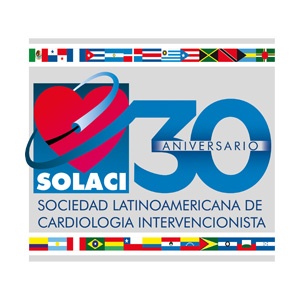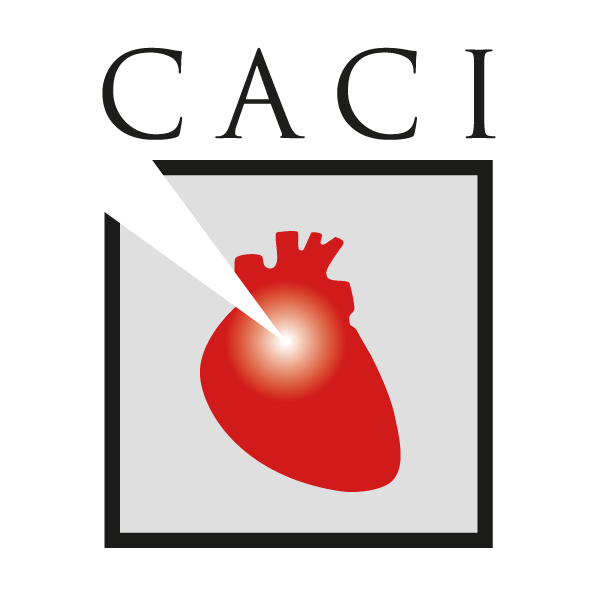Courtesy of the SBHCI.
This study sought to assess the safety and efficacy of an everolimus-eluting stent with a biodegradable polymer (SYNERGY II) vs. a conventional stent (REBEL) in patients >75 years old with short duration of dual antiplatelet therapy.
Before randomization, investigators recorded the planned duration of dual antiplatelet therapy (1 month for stable patients and 6 months for patients with acute coronary syndrome).
Read also: “TCT 2017 | REDUCE: 3 vs 12 Months of Dual Antiplatelet Therapy with the New Combo DES”.
The study included 1200 patients (596 in the drug-eluting stent [DES] group and 604 in the bare metal stent [BMS] group). The primary endpoint (a composite of death, infarction, stroke, and ischemia-driven revascularization) was 12% among patients who received a DES and 16% for those who received a BMS (p = 0.02).
In the individual analysis of the primary endpoint components, these devices presented significant differences only regarding ischemia-driven revascularization (2% vs. 6%; p = 0.002). Bleeding and stent thrombosis were uncommon and similar for both groups.
Conclusion
In elderly patients who undergo angioplasty with a short dual antiplatelet therapy schedule (1 month for stable patients and 6 months for acute patients), the everolimus-eluting stent with bioresorbable polymer reduced a composite of death, infarction, stroke, and revascularization, compared with a conventional stent.
Courtesy of the SBHCI.
Original title: A Randomized Trial of a Bioabsorbable Polymer-Based Metallic DES vs a BMS With Short DAPT in Patients With Coronary Artery Disease Older Than 75 Years.
Presenter: Olivier Varenne.
Subscribe to our weekly newsletter
Get the latest scientific articles on interventional cardiology
We are interested in your opinion. Please, leave your comments, thoughts, questions, etc., below. They will be most welcome.





